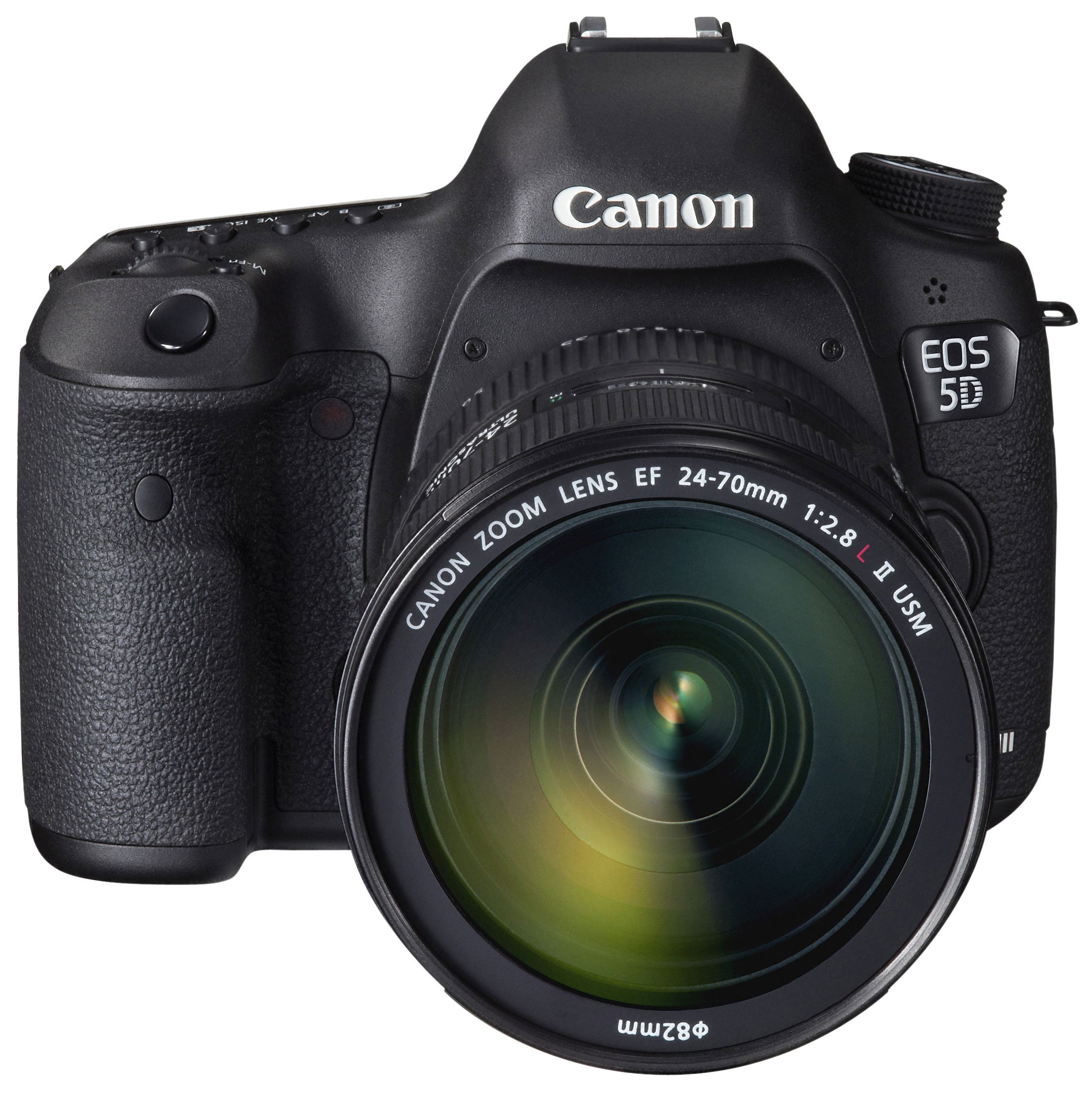
Canon EOS 5D Mark III
-
-
Written by Gordon Laing
Canon EOS 5D Mark III vs 5D Mark II noise (JPEG) (RAW results to follow)
Both cameras were fitted with the same Canon EF 24-105mm f4L IS USM lens with stabilisation disabled and the aperture set to f8. Both were using their Standard picture styles and White Balance was set manually to 3300K. Auto Lighting Optimiser and High ISO Noise reduction were disabled. I shot this sequence in RAW+JPEG mode and will provide RAW comparisons once the most common processing applications are fully updated and delivering satisfactory results. |
The image above was taken with the Canon EOS 5D Mark III with the EF 24-105mm f4L IS USM lens set to 40mm and the aperture set to f8 in Aperture Priority mode. At its expanded Low sensitivity of 50 ISO, the Mark III metered an exposure of 4 seconds for this composition. The earlier Mark II metered 3.2 seconds, so I applied +0.3EV compensation in order to match the exposures. So what you’re seeing below are identical exposures, starting at 4 seconds, f8 and 50 ISO; as the ISO was doubled, the shutter speed halved as expected, so the exposures remain identical throughout the sensitivity range below.
Both the Mark III and Mark II share the same base sensitivity of 100 ISO, but also offer an expanded Low option of 50 ISO, so that’s where the comparison below starts. I lined-up the crops on the right and bottom sides, so the fractionally higher resolution of the Mark III has resulted in a little cropping at the top and left sides compared to the Mark II. But as you might expect, there’s no real advantage to the Mark III in terms of resolved detail, at low ISOs anyway.
The most obvious difference between the two cameras in the low ISO range is a different approach to JPEG processing using the default settings. In the three and a half years since the Mark II, Canon has gradually boosted its sharpening and contrast for punchier-looking results using the default settings, and this is apparent in the crops below. The Mark III crops at low ISOs are more attention-grabbing than the Mark II at first glance, but this really is just down to sharpening. Take the Mark II image and apply greater sharpening, or conversely reduce the sharpening on the Mark III and they’ll deliver very similar looking results at lower ISOs. But for fans of punchy out-of-camera JPEGs, the Mark III certainly delivers very pleasing results without tweaking or modification.
Both cameras are essentially noise-free at 50-200 ISO, and there’s only the very faintest chroma patchiness at 400 ISO for pixel-peepers to discuss. At 800 ISO this patchiness becomes slightly more apparent, but more so on the earlier Mark II; the Mark II image has also become fractionally softer. Now don’t get me wrong, the Mark II still looks great, but this is definitely the point where the two cameras begin to diverge.
At 1600 ISO, the Mark III exhibits slightly higher noise than at 800, but it’s still looking very good. Meanwhile the Mark II is showing slightly higher noise and a little more softening of the image – even with their default processing styles taken into account.
At 3200 ISO the noise and softening is much more obvious on the Mark II and remains a step behind the Mark III. At 6400 ISO, noise has become quite obtrusive on the Mark II, but is much finer on the Mark III. At 3200 and 6400 ISO, the Mark III is not only cleaner, but is retaining greater detail too. Apply greater sharpening to the Mark II at this point and you’re more likely to make its noise look more obvious.
At this point we’re at the end of the native range of the Mark II and entering expanded ISO territory. The H1 and H2 settings on the Mark II are very noisy and really only for emergency use. Meanwhile, the Mark III is fairing much better at the same effective sensitivities, although suffers from a big drop at 25600 ISO. Anyone hoping for clean results from the Mark III at 25600 ISO will be disappointed, but it’s visibly a big improvement over the Mark II which is unusable at this point.
The Mark II now bows out, leaving the expanded range of the Mark III to deliver 51200 and 102400 ISO options. These really do look quite unpleasant and I can’t imagine anyone using them other than to grab an emergency shot in extremely low light.
Overall I’d say the Mark II and Mark III share similar levels of noise and real life detail up to 400 ISO, where the main difference between their JPEGs is simply down to in-camera sharpening and processing settings. At 800 ISO though, the Mark III begins to enjoy a lead in detail, saturation and noise levels which by 3200 ISO becomes around a one stop advantage. Then at 6400 ISO and above, I’d say that advantage extends to one and a half or even two stops at a push.
So if you mostly shoot stills below 800 ISO, I’d say the Mark II will deliver similar image quality to the Mark III. But if you regularly shoot above 800 ISO, and especially between 1600 and 6400 ISO, the Mark III will deliver lower noise, greater detail and better-looking image quality overall. Considering the sensor resolution has remained roughly the same, I’d say this is a good result for the Mark III and will delight anyone who shoots at higher ISOs.
Of course this is just an out-of-camera JPEG comparison using the defaults. I also shot this sequence in RAW+JPEG and once the RAW converters have been properly updated for the Mark III and D800, I’ll process the files and see if I can improve the output from all the cameras on test here.
Now it’s time for Clash of the Titans part 2 in my Canon 5D3 vs Nikon D800 noise results page! You’ve already seen how the D800 can out-resolve the Mark III at low sensitivities, but can the Canon claw back a lead at high ISOs? Alternatively you can view a selection of original photos in my Canon 5D3 sample images gallery.
Canon EOS 5D Mark III (JPEG using in-camera defaults) Using EF 24-105mm f4L IS USM | Canon EOS 5D Mark II (JPEG using in-camera defaults) Using EF 24-105mm f4L IS USM | |
 |  | |
L (50 ISO) | L (50 ISO) | |
 |  | |
100 ISO | 100 ISO | |
 |  | |
200 ISO | 200 ISO | |
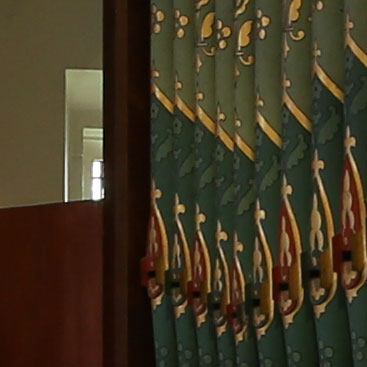 |  | |
400 ISO | 400 ISO | |
 | 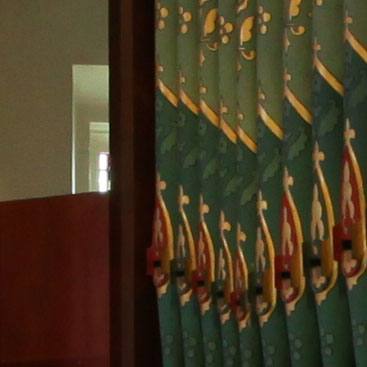 | |
800 ISO | 800 ISO | |
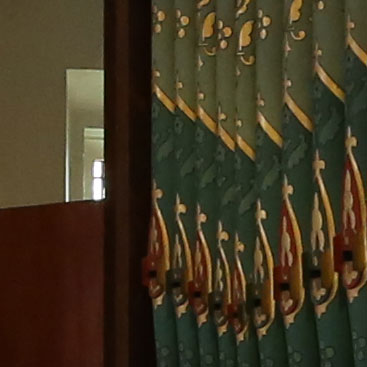 | 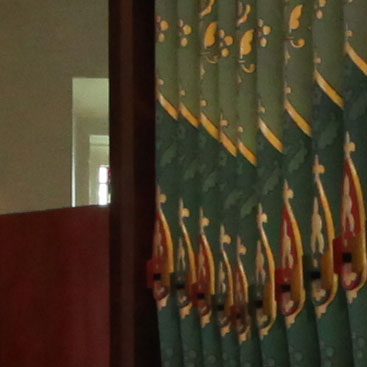 | |
1600 ISO | 1600 ISO | |
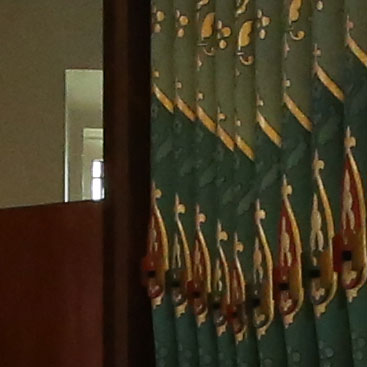 | 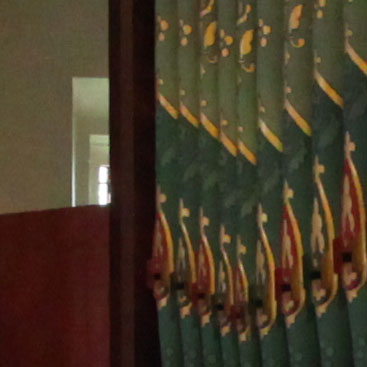 | |
3200 ISO | 3200 ISO | |
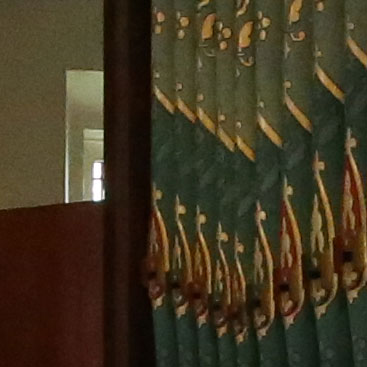 | 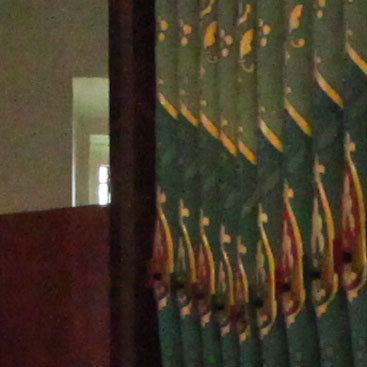 | |
6400 ISO | 6400 ISO | |
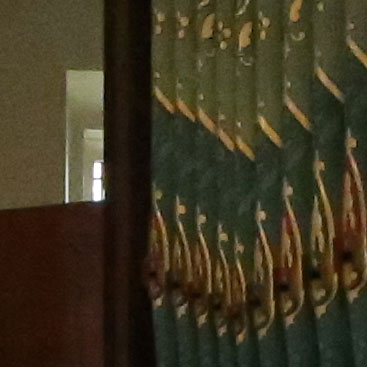 | 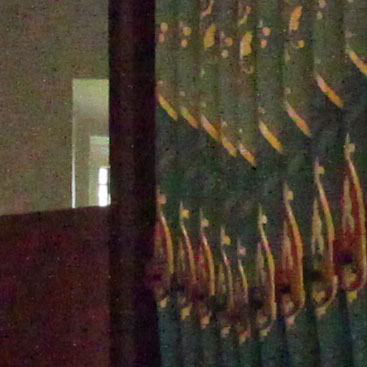 | |
12800 ISO | H1 (12800 ISO) | |
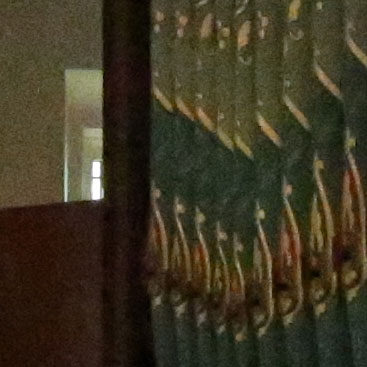 | 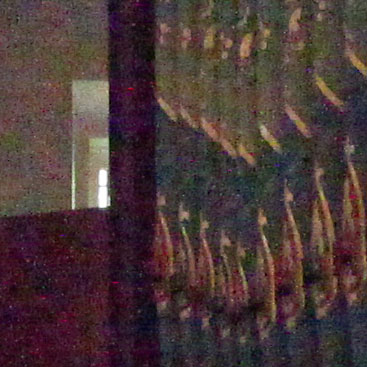 | |
25600 ISO | H2 (25600 ISO) | |
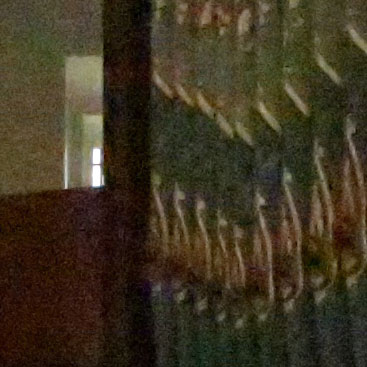 | ||
H1 (51200 ISO) | 51200 ISO not available | |
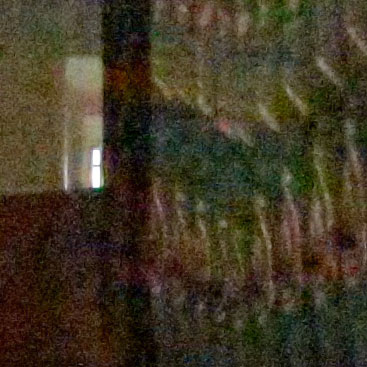 | ||
H2 (102400 ISO) | 102400 ISO not available |
Canon EOS 5D Mark III results : Quality vs 5D2 / Quality vs NEX-7 / Quality vs D800 / Noise vs 5D2 / Noise vs D800



